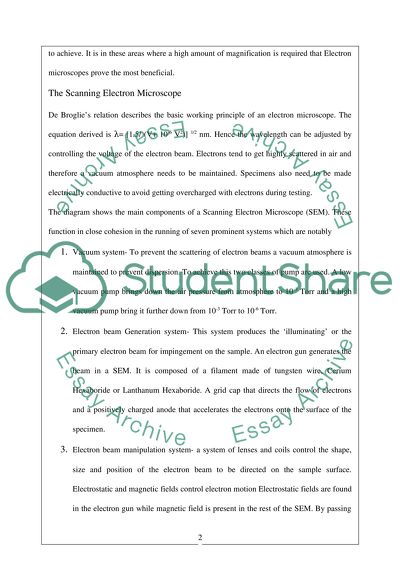Cite this document
(“Structural analysis Essay Example | Topics and Well Written Essays - 1750 words - 1”, n.d.)
Retrieved from https://studentshare.org/environmental-studies/1405305-structural-analysis
Retrieved from https://studentshare.org/environmental-studies/1405305-structural-analysis
(Structural Analysis Essay Example | Topics and Well Written Essays - 1750 Words - 1)
https://studentshare.org/environmental-studies/1405305-structural-analysis.
https://studentshare.org/environmental-studies/1405305-structural-analysis.
“Structural Analysis Essay Example | Topics and Well Written Essays - 1750 Words - 1”, n.d. https://studentshare.org/environmental-studies/1405305-structural-analysis.


